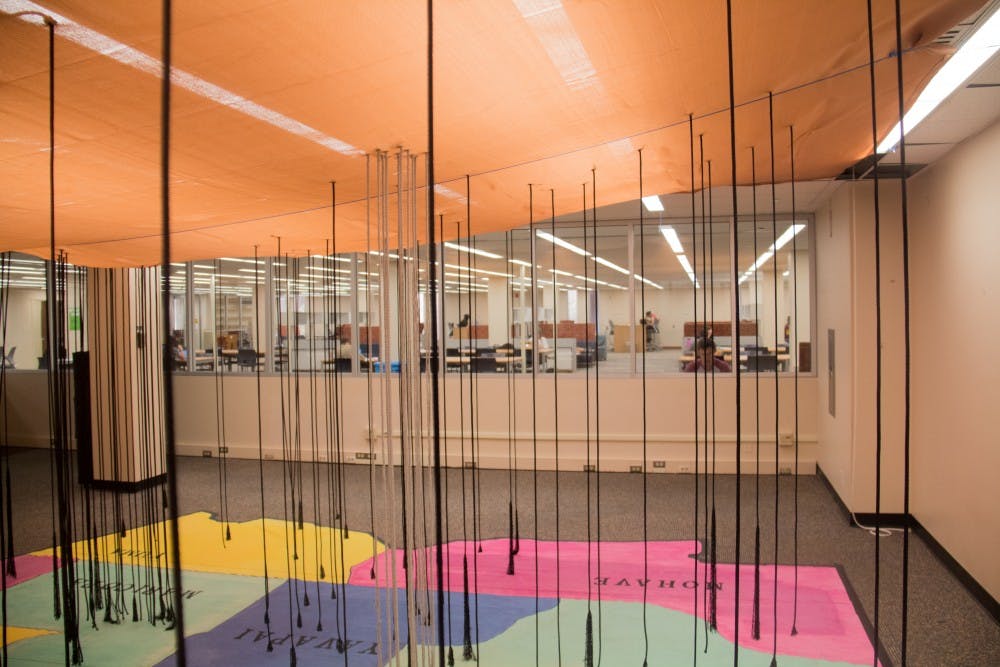"Counting the Dead: Arizona and The Forgotten Pandemic" is an interactive exhibit designed to educate the public on a worldwide influenza that killed millions of people from 1918 to 1920.
Unlike the typical flu, this pandemic spread among otherwise healthy young adults. Over 25 percent of the U.S. population became infected.
The exhibit is being hosted at Hayden Library until Nov. 12 and focuses on the mortality rates of the pandemic in Arizona.
Prior to the research of the Nexus Digital Research Co-op, the severity of the impact the pandemic had on local mining towns and Navajo country was not properly documented. Nexus is part of the ASU Institute of Humanities Research, and one of its goals is to understand local histories.
The omission of local mortality rates from the national records is likely because Arizona was a relatively new state at the time of the 1918 Census and did not participate. The lack of documentation can also be attributed to misdiagnosis due to the limitations of medical knowledge at the time.
“The fact that the data did not exist at the national level means that whatever particularities exist in the AZ data are missing from the often used existing record," Jacqueline Wernimont, director of Nexus, said. “These are important stories, and to have this data means that not only can we tell the story, but others can too.”
Hayden Library is hosting the exhibit as a prototype. Elizabeth Grumbach, the project manager for Nexus, said the organization is seeking funding for an extension of the exhibit for 2018. She also said she hopes that parts of the new installation could be made mobile and be taken on tour across the state.
“One of the library's jobs is to showcase the university's work to everyone,"Jennifer Duvernay, administrator and associate librarian at Hayden Library, said. "This exhibition in particular was constructed in the library. Seeing that could be inspiring."
One of the goals of the exhibit is to make the statistics of the pandemic tangible. It uses cords hanging from the ceiling to represent the dead. The cords are modeled like Victorian mourning braids and are color coded to represent different local populations. Visitors are encouraged to untangle the cords to visualize the high mortality rate.
Grumbach said being able to hear or feel history can be a more effective way to teach it than an abstract representation of that history using large numbers or spreadsheets.
“Having a space where people can interact with history, feel or experience history in radically different ways can bring us closer to understanding the cultural moments that have shaped our current communities," Grumbach said.
Studying how past pandemics spread can help organize responses for future pandemics.
“Discussing issues like how a pandemic like this affects isolated or rural communities, like the Navajo reservation in 1918, or communities where resources and conditions are not ideal, like mining towns in 1918, can only help plan for the future,” Grumbach said.
The installation will be open during Hayden Library's regular business hours until Nov. 12. Wernimont and Grumbach are working on securing funding to continue the project and expand it in 2018.
Reach the reporter at jicazare@asu.edu or follow @sonic_429 on Twitter.
Like State Press on Facebook and follow @statepress on Twitter.




